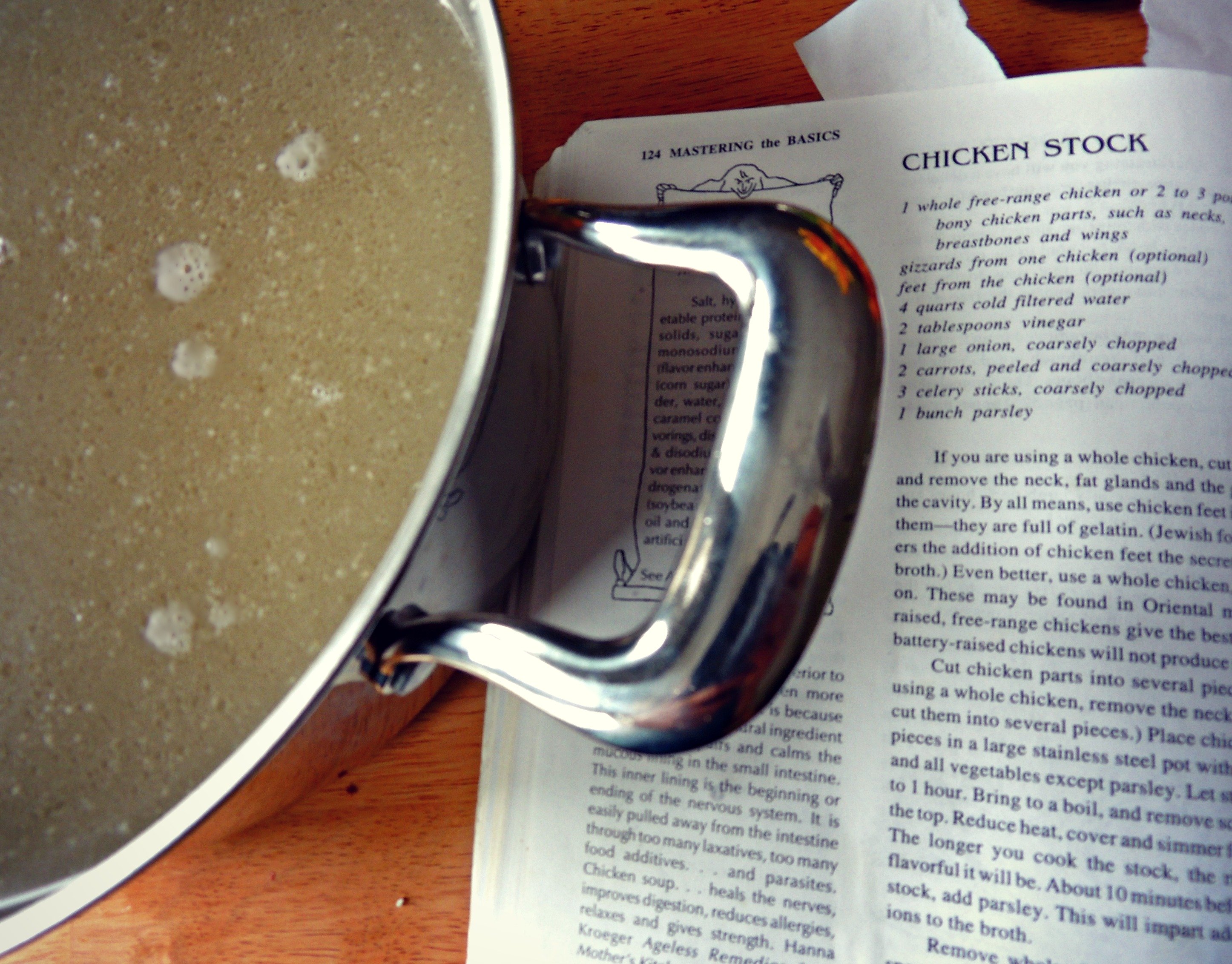Crafting rich homemade stocks is one of the most healing things you can do for the body and soul. Brimming with nutrients rarely seen in rushed, modern cuisine, a bowl of this shimmering liquid contains vital minerals, amino acids, collagen and matrix proteins that are truly nourishing and easy to assimilate. Yet, even if you know all of the health benefits of homemade bone broth or stocks, the idea of making your own can be intimidating at first- large pots, long cook times, bones, a gurgling sound coming from the stove. But when it comes down to it, making stock is actually quite simple and you certainly don't need to be an experienced traditional chef extraordinaire to do it- no fancy white hat or apron required. There are many different ways to make bone broth, but here is one of our favorite recipes for delicious classic homemade chicken bone stock adapted from the recipe in the beloved cookbook, Nourishing Traditions.
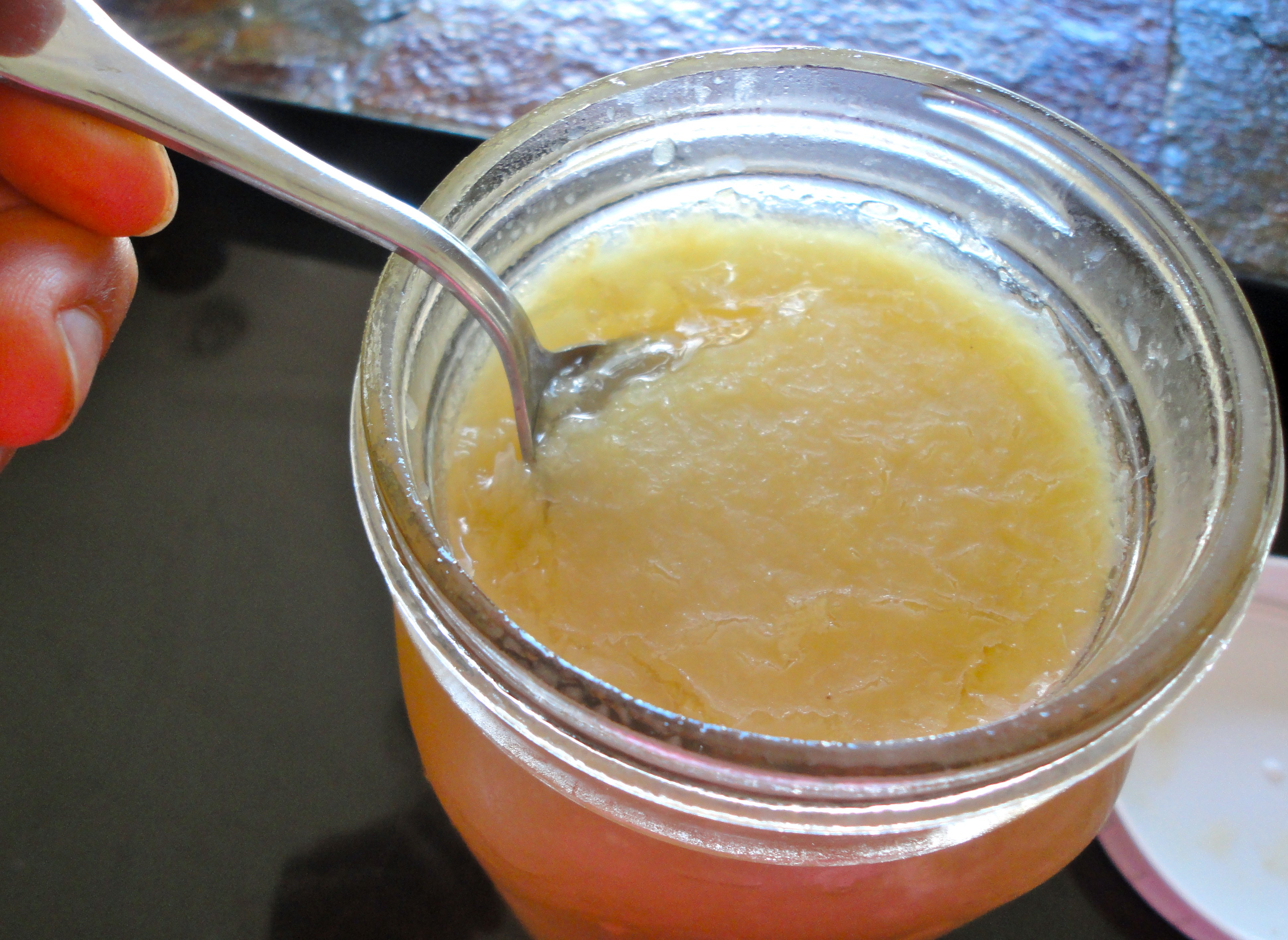
Getting Started
Many people have read about the many benefits of homemade stocks in books like Nutrition and Physical Degeneration, Perfect Health Diet, Real Food All year, and The Nourishing Traditions Book of Baby & Child Care. Yet there is often a looming hesitation about trying- some deeply rooted belief that it might take too much time, be too complicated or require some rare kitchen tools and ingredients. One of the most common trepidations people have about attempting a homemade chicken bone stock recipe is finding a good source of bones. In a society where we commonly eat boneless, skinless, plastic-wrapped meat from the grocery store this is an all too valid concern. But, surprisingly, you can get bones from many places if you just know where to look for them. The best bones to use are those from pastured animals, as they will yield the most gelatin-rich, mineral-dense, and flavorful stock with far fewer toxins. To get bones to make your stock you can try to:
- Save leftovers from a roast chicken, duck turkey or goose
-Ask around at your local farmer's market or check with your Weston A. Price Foundation Chapter Leader to find a farmer who raises grass-fed animals near you
-Inquire with a local butcher- especially one that butchers whole animals.
-Find a company that sells grassfed meats online. There are also several reputable sources out there and most of them also offer bones.
Once you have acquired bones, the process of making this homemade chicken bone stock recipe is relatively straightforward, you just toss everything in a pot! Honestly, the most difficult part is waiting patiently to slurp up a spoonful of the beautiful stock as its exquisite aroma fills the kitchen.
Nourishing Homemade Chicken Bone Stock Recipe
3-4 lbs. of bony chicken parts (necks, backs, breastbones, and wings). If you don't have a scale at home, this equals out to a few generous handfuls of bones, give or take. (optional to add chicken liver to this stock—read tips below)
4 quarts cold filtered water
2 tablespoons vinegar
1 large onion, coarsely chopped
3 celery stalks, coarsely chopped
2 carrots, coarsely chopped
1 bunch parsley
Place bones and all vegetables except for parsley in a large stainless steel pot.
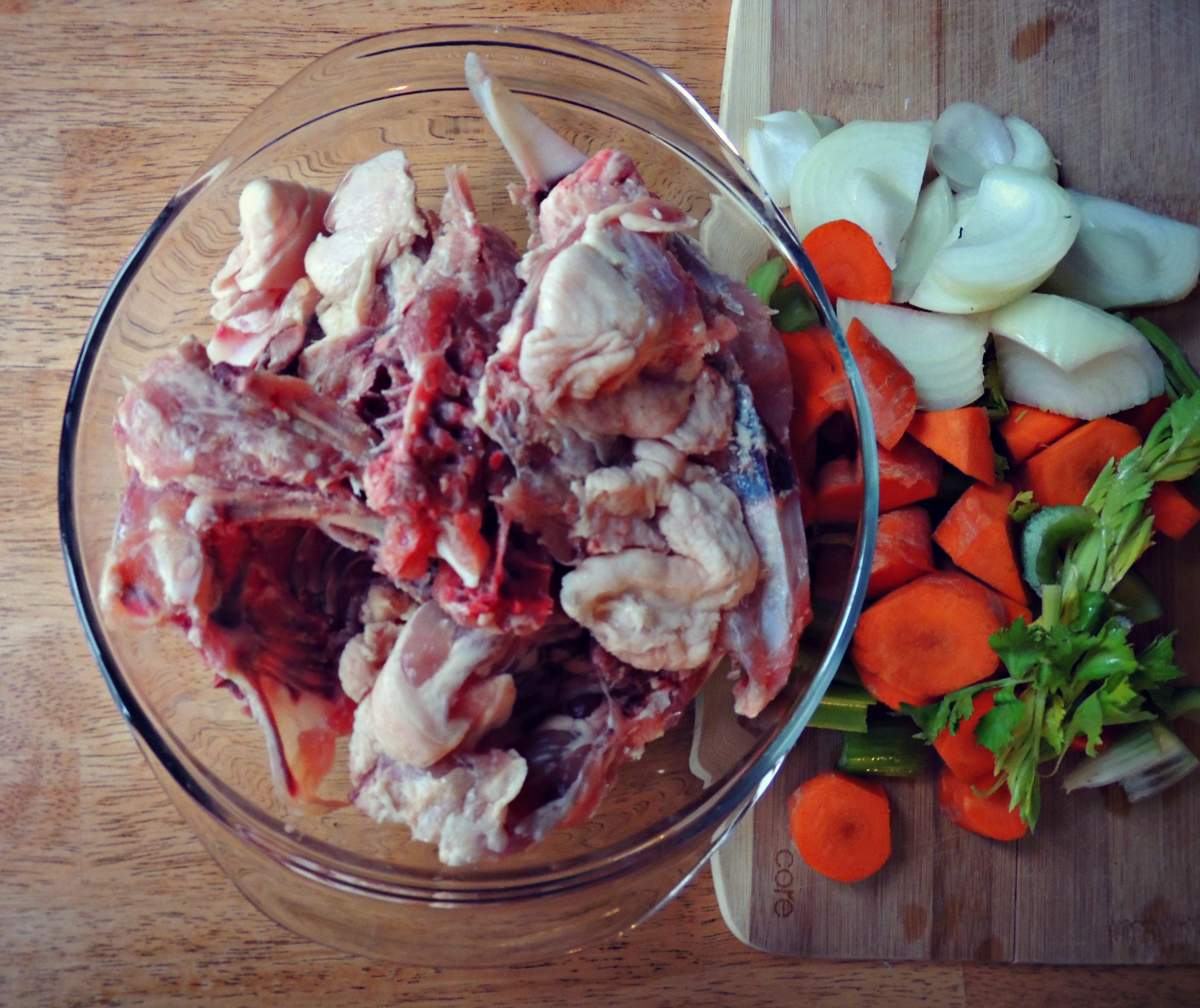
Cover with filtered water and add 2 tbsps vinegar. Let stand for 30 minutes to 1 hour. This acidic solution helps release the nutrients from the bones.
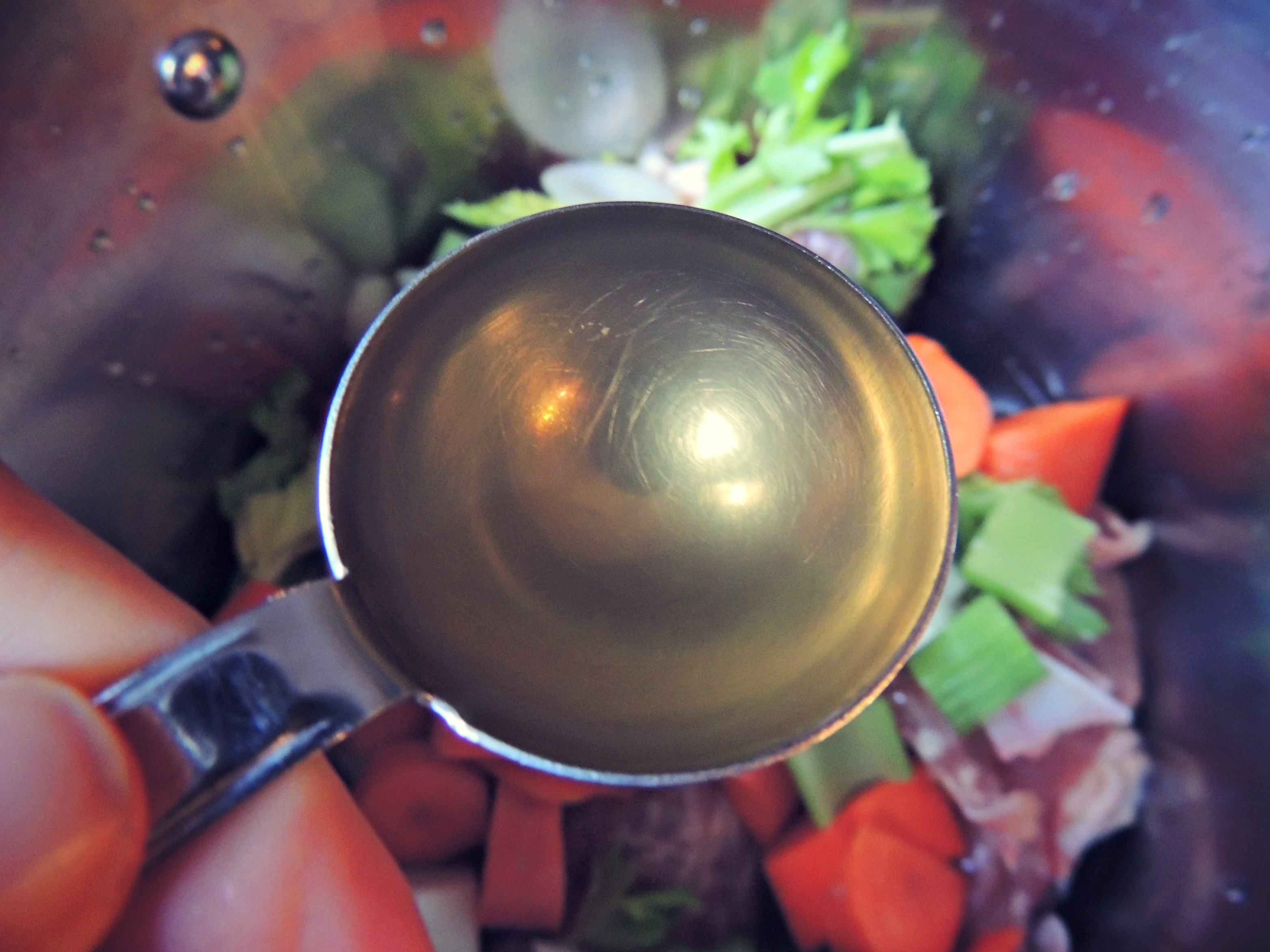
Bring to a gentle rolling boil. Remove the scum that rises to the top with a large slotted spoon, and discard.
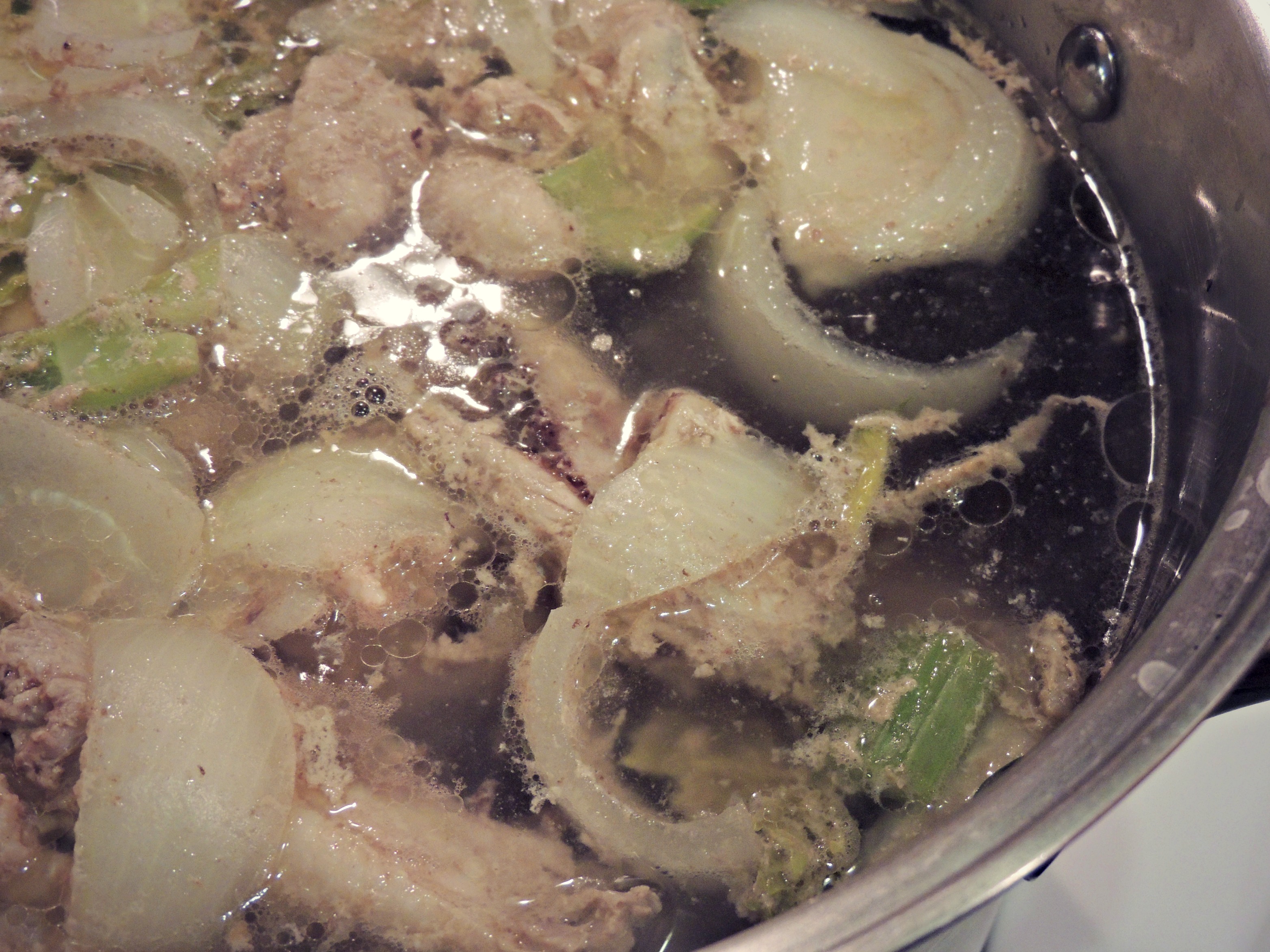
Reduce heat, cover and simmer for 6 to 24 hrs. Keep in mind that the longer you cook the stock, the more savory it will be! If you are looking for a reduced, more concentrated stock, be sure to simmer uncovered.
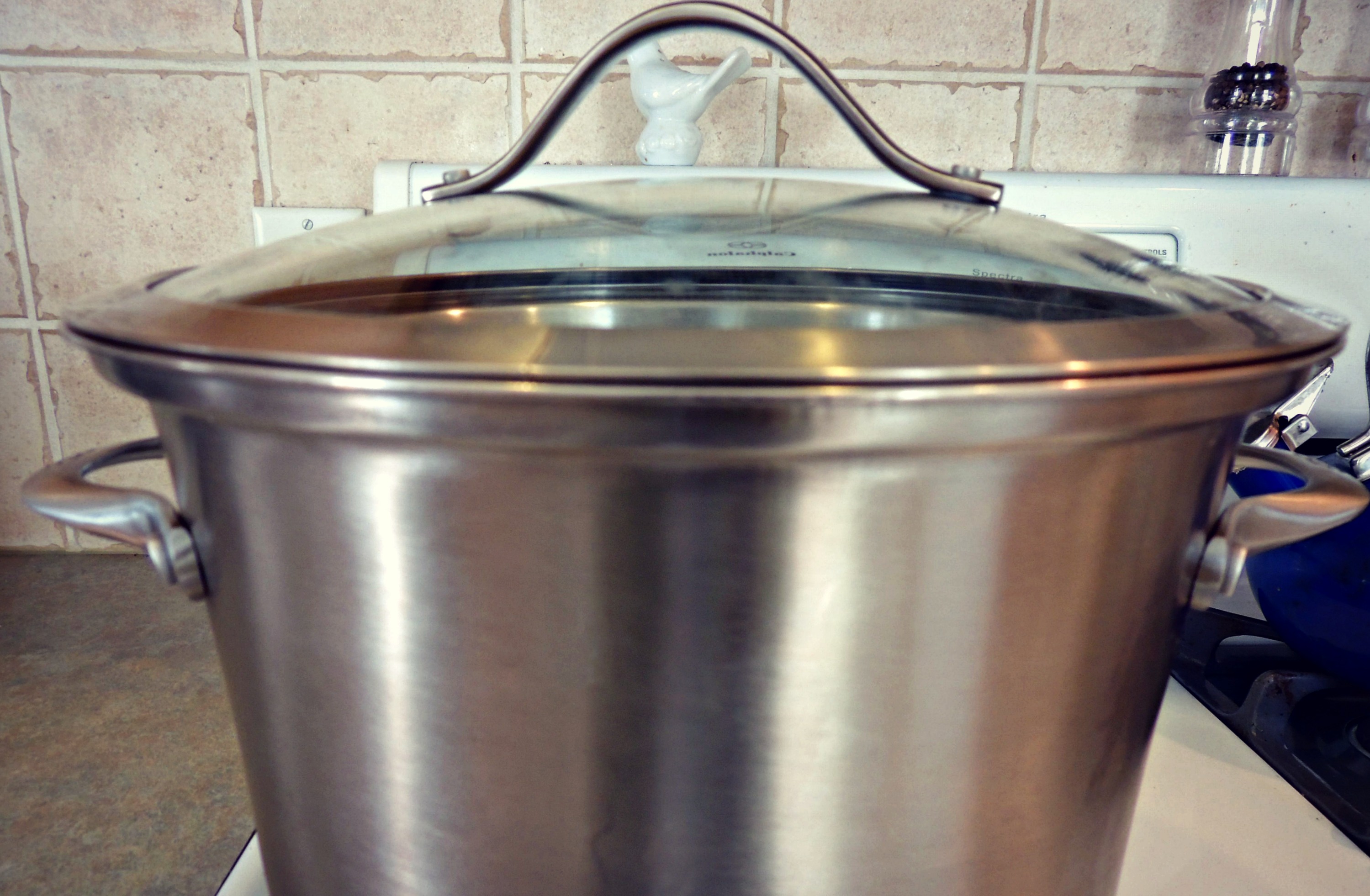
About 10 minutes before finishing, add parsley. This helps release additional mineral ions into the broth.
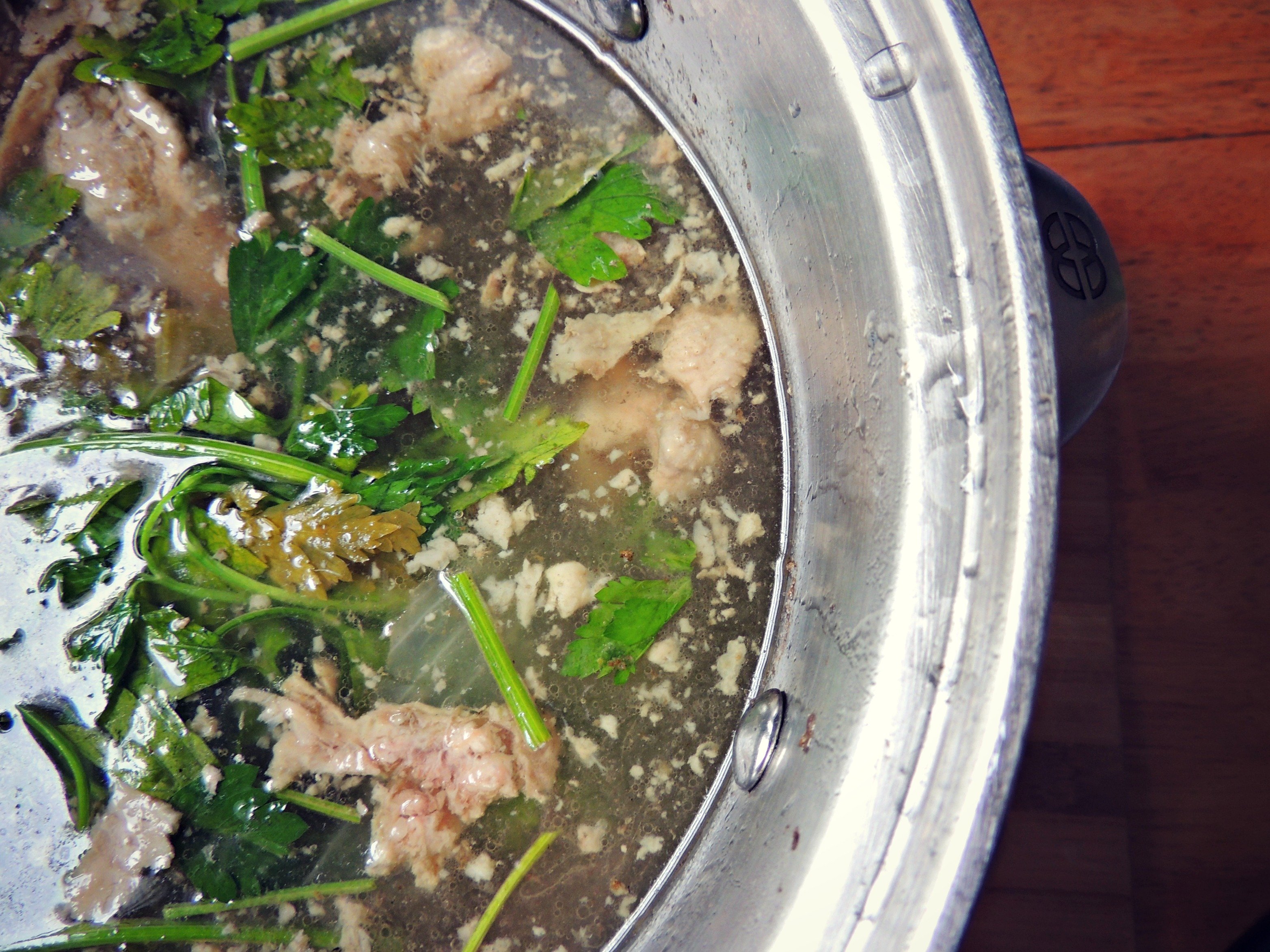
Remove chicken pieces with a slotted spoon. Strain the stock carefully into a large bowl. If there is a lot of sediment in your broth, it can be helpful to first line the strainer with a thin cotton kitchen towel or cheesecloth.
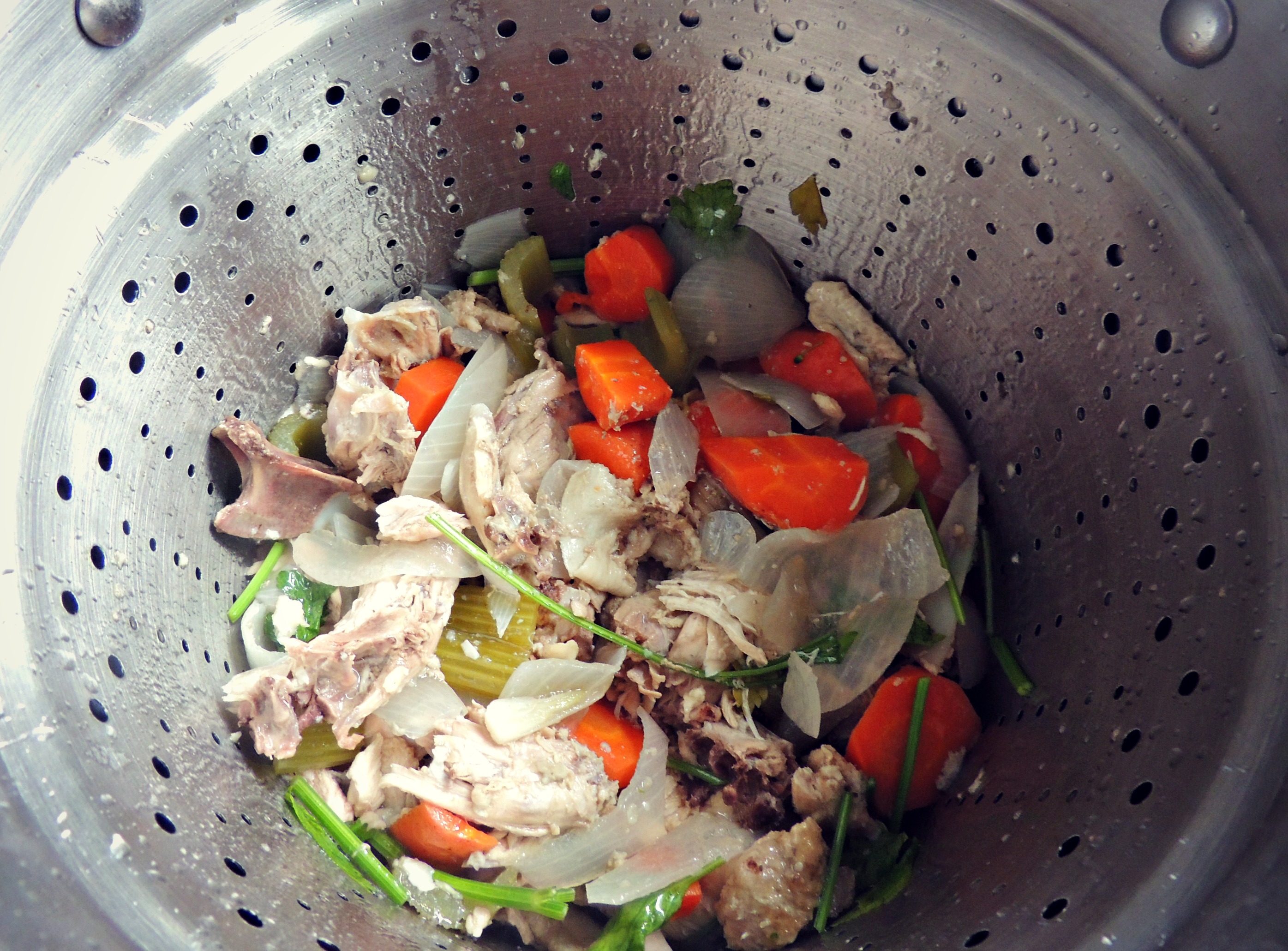
Place in the refrigerator until broth cools and fat rises to the top. This fat can be reserved for cooking purposes. Learn a technique for defatting your bone broth with our video here.
Pour stock into glass jars. Store in the refrigerator for about one week or freeze for later use.
Tips and Tricks
Making stock is simple enough, but there are some key points that will help ensure that it is as savory and nutrient-packed as possible each time you make it. I know when I first started to make bone broth, I used to look enviously at the beautiful golden liquid filling my mentors' mason jars, and wonder why mine seemed just a little bit off. Aftering standing over my gurgling pot and experimenting enough times, I found the rhythm and steps that worked best in my kitchen. Remember, the best stocks are those that gel- meaning they are wiggly and jelly-like when chilled. This quality demonstrates that the stock is rich with health-boosting gelatin, which is incredibly helpful for radiant skin, strong bones and a smoothly functioning digestive system. If your stock doesn't achieve this gel appearance the first time- don't throw your arms up and in a panic. It will still bolster many wonderful nutrients and will likely taste completely delicious. You can always enhance your stock with a scoop of supplemental bovine gelatin. Then, here are some of the key things to consider when making your stock the next time:
Use filtered water: Your stock is only as good as the water that you use to make it. The chemicals in tap water are often harsh, toxic and disruptive, making the broth turn out bitter tasting too. Learn how to test your water and browse filtration and purification options at the Water Resource Center.
Try a mix of bony parts: A variety of bones is required to get the correct blend of flavor and color. Use necks, backs wings and even chicken feet. Poultry liver will add a strong taste to stock however. If you have livers, saute them with onions or use them in a pate instead. Raw and cooked bones should not be mixed if you want a clear stock.
Use mature vegetables and aged meats: Stock making is the exception to most every type of cooking. Many recipes call for baby vegetables, spring greens, young animals, etc. But for the most flavorful stocks, use the whole mature onion, carrot, celery stalk (i.e., flaking skin and roots, celery leaves that are normally discarded) as well as the most mature meats (versus young chickens, etc.).
Start with all stock ingredients at the same temperature for the most flavor: You are looking to extract nutrients and flavor, so start with both the water and stock ingredients at the same temperature at the onset of cooking. Soak veggies and bones in cold water, and start to cook in cold water.
Don't boil too high: If the broth heats up for too long or at too high of a temperature, the nutrients can denature and the gelatin will break down. You want to simmer the broth with just a slight gurgle. This can be accomplished in a variety of ways if your burner's lowest temperature is too high to maintain a simmer. Placing a metal rack between the burner and the pot will help to keep an unwatched pot from reaching a boil. We have even heard of placing 2 bricks between the pot and the burner, but have never tried this ourselves. Be sure to use a back burner where it is less likely to be distrurbed.
Simmer for adequate amount of time: Beef stocks for the longest time (at least 24 hours!), followed by poultry (6-8 hours minimum), then fish and vegetable stocks. Fish and vegetable stocks tend to deteriorate in flavor if simmered too long.

